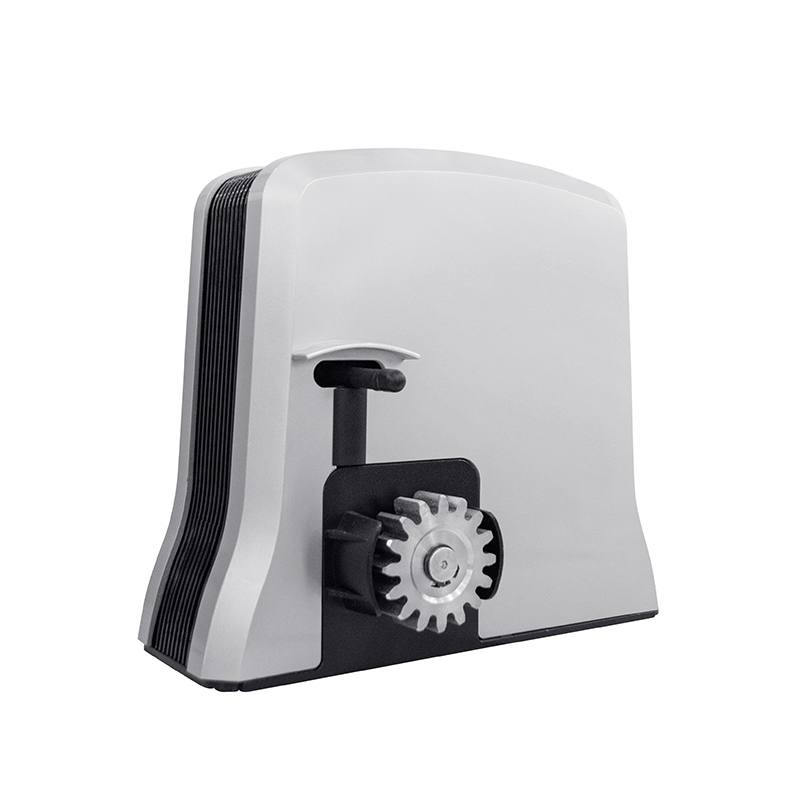Spring limit compares to magnet limit
The comparison between a sliding gate motor's spring limit and a magnet limit depends on the specific design and functionality of the sliding gate system. However, I'll provide some general information about these limits.

1.Spring Limit: In some sliding gate systems, a spring limit switch is used to control the gate's open and closed positions. The spring limit switch is typically attached to the gate track, and it triggers when the gate reaches the desired open or closed position. When the gate contacts the limit switch, it activates or deactivates the motor, stopping the gate's movement.
2.The spring limit switch relies on physical contact between the gate and the switch, so it requires proper adjustment to ensure accurate stopping positions. It measures the gate's movement based on the force exerted on the switch by the gate, triggering the motor to stop when the switch is activated.
3.Magnet Limit: Alternatively, some sliding gate systems use magnet limit switches for position detection. These switches work based on magnetic fields. The gate is equipped with magnets at specific positions, and the magnet limit switch is installed near the gate track. When the gate's magnets come within proximity of the magnet limit switch, the switch detects the magnetic field and sends a signal to the motor to stop or change direction.
4.Magnet limit switches offer a non-contact method of position detection and are generally considered more reliable and accurate than spring limit switches. They are less prone to wear and tear, as there is no physical contact between the gate and the switch.
In summary, while the spring limit relies on physical contact and requires proper adjustment, the magnet limit uses magnetic fields for non-contact detection, offering higher precision and durability. The choice between these two types of limits depends on the specific requirements of the sliding gate system and the desired level of accuracy and reliability.





